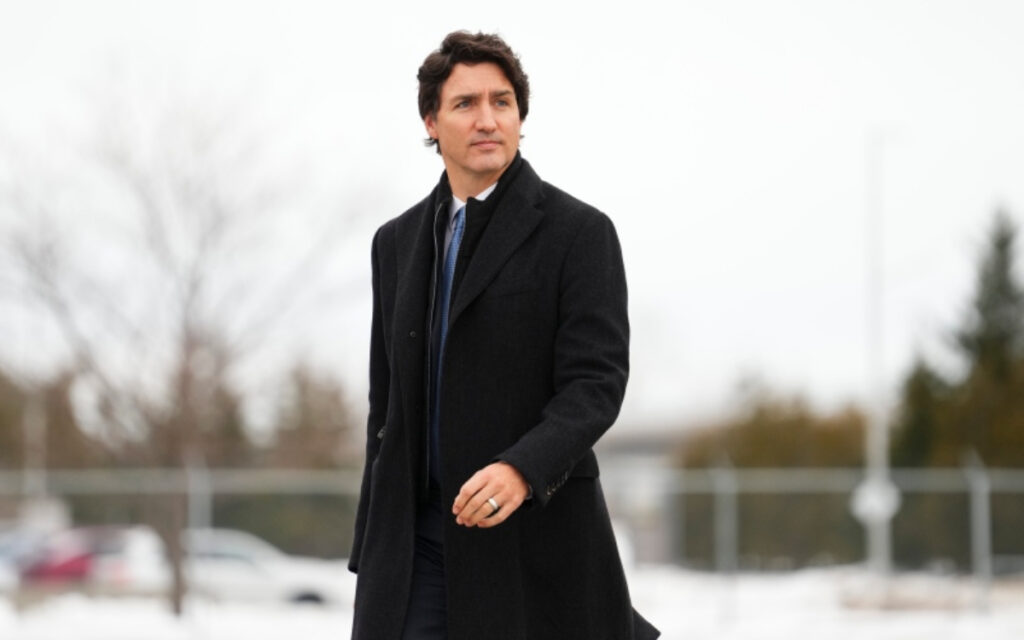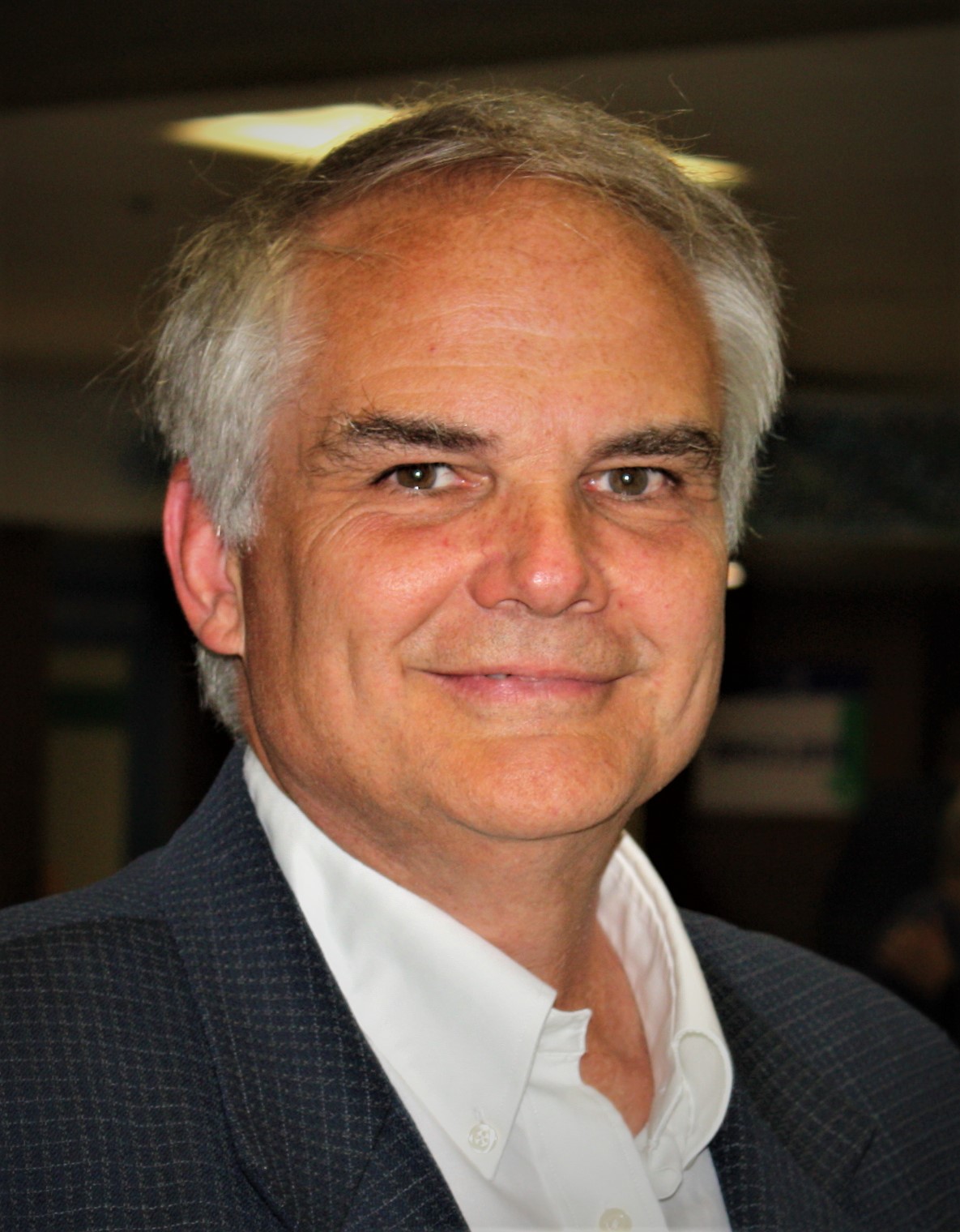
This scribe has long held that Justin Trudeau will take the opportunity of Feb. 29, 2024, to repeat his father’s exit from the Prime Minister’s Office. Not one to pass by the theatrical drama of the leap year date, Justin Trudeau will want to recast his spot and his family’s name in Canadian political history. Photo Credit: The Canadian Press/Sean Kilpatrick.
“A week is a long time in politics,” observed former British Prime Minister Harold Wilson. For Canadians, there are 88 weeks before the next federal election, scheduled for October 20, 2025. That’s a very long time given the latest political numbers out of Ottawa.
On Feb. 4, a national polling and seat projection website, 338Canada released the latest polling figures based on a statistical model that factors opinion polls, electoral history, and demographic data. The numbers reveal a commanding lead for the Conservatives who have maintained a double-digit vote advantage over the governing Liberals since Labour Day last fall.
Conservatives enjoy 40 per cent support nationally, Liberals 26 per cent, NDP 19 per cent, BQ 8 per cent, Green 5 per cent and PPC 3 per cent. These percentages have been broken down by 338Canada to project a seat count – how many Members of Parliament (MPs) each party would elect if the vote were held today. This projection points to a Conservative majority government: Conservatives electing 199 MPs, Liberals 74 MPs, BQ 37 MPs, NDP 26 MPs, and Green 2 MPs.
With the latest polling in Ontario the Conservatives would win 86 seats, the Liberals would retain 24 seats (mostly in Toronto and the GTA), the NDP would be reduced to 10 seats, and the Green would win one seat.
In the Niagara region, there would be a Conservative sweep with the blue wave swamping current Liberal MPs. One in two voters support Conservative MPs Dean Allison and Tony Baldinelli in their respective ridings. In Niagara Centre, MP Vance Badawey is currently running third in voter preference, while in St. Catharines MP Chris Bittle trails the Conservatives by double-digits, with the riding having a 99 per cent chance of turning blue.
Again, the 338Canada numbers are a reflection of what would happen if the vote was today. Though the average lifespan of a minority government in Canada is less than two years, because of the supply-and-confidence deal struck between the Liberals and NDP, the governing Liberals will be in power for the full extent of the federal mandate. This assumes the NDP will continue to support the Liberals.
However, NDP leader Jagmeet Singh made headlines this week suggesting he might end the deal with Prime Minister Justin Trudeau if the government does not introduce national pharmacare legislation by the end of March. In a tete-a-tete with the PM, Singh said he was firm in relating potential repercussions for missing the pharmacare deadline. In his follow-up media conference, Singh refrained from stating exactly what repercussions the Liberals would face.
Perhaps the NDP are buoyed by the collapse of public opinion support for the Liberals – and that might prompt them to want to test the polls. But the polling firm Angus Reid provided some recent numbers that reveal Singh’s bravado may be nothing but public posturing as the NDP are still operating from a position of weakness.
More than one in three NDP supporters (36 per cent) indicate they would likely switch their vote to Liberals to keep the Conservatives from being elected. Another one in three (30 per cent) said they would consider that option. With this type of conditional support, it is highly likely that the NDP vote will collapse in the next election as left-leaning Canadians will be voting strategically when going to the ballot box.
In that same mid-January opinion survey, Angus Reid found that Conservative voters will be voting on principle while Liberal voters will be voting according to their politics. The survey that revealed only nine per cent of voters actually support the Trudeau government’s policies. Two in three (63 per cent) Liberal voters are motivated to keep the Conservatives out of power. Alternatively, three in five (62 per cent) Conservative voters are expressly voting for Pierre Poilievre and the party’s vision for Canada. Angus Reid factors that this block of voters makes up a quarter of all the electorate.
Given that nine out of ten voters do not support the Liberals’ progressive agenda, MPs Badawey and Bittle are sure to have a tough slog of it climbing back into their respective electoral races.
Though 338Canada may provide an indication of voter intent, a more certain indicator is found in the public’s financial support of political parties. The official donor records for last year were just released and there are ominous signs for the governing Liberals. In 2023 the Conservatives broke all records for political fundraising, raising $35.3 million – more than all other parties combined. Last year, the Liberals raised only $15.6 million, NDP $6.9 million, Green $1.9 million, BQ $1.8 million, and PPC $1.6 million.
In the last quarter of 2023, the Conservatives raised a record $11.8 million, and a remarkable total of $7.08 million in their December year-end appeal.
The Conservatives also far outstripped the other parties in number of donors through 2023: Conservatives 200,248, Liberals 128,918, NDP 68,063, Green 18,799, BQ 11,449 and PPC 16,314.
Here are a few more numbers from Ottawa to consider. On April 22 the boundaries of all federal ridings in the country will be adjusted by Elections Canada according to its redistribution exercise. The total number of MPs will rise from 338 to 343 with three new ridings in Alberta and another one each in Ontario and BC. It is projected that the Conservatives will take four of the five seats and the Liberals will battle with the NDP for the other. For those counting, that would give the Conservatives a 203-seat majority.
In setting the stage for the next election campaign, consider a few facts that have recently been made public.
First, only 69 of the 156 Liberal MPs have been nominated to run. The Conservatives have 105 of their current 117 MPs ready to run, though after April 22 some may be required to go through a new nomination process because their riding boundaries have changed by 25 per cent or more.
Second, in the 2015 election, there were 142 MPs elected for the first time. Having served more than six years, “the class-of-2015” are now eligible for a MPs pension. In the months ahead it is anticipated many Liberal and NDP MPs will choose to walk away with their pensions and not suffer the embarrassment of losing at the ballot box.
Finally, to date, a total of 15 MPs have announced they will not run: 11 Liberals, 2 Conservatives, and 2 NDP.
At the end of this month it will be the 40-year anniversary of Pierre Trudeau’s notorious “walk in the snow.” This scribe has long held that Justin Trudeau will take the opportunity of Feb. 29, 2024, to repeat his father’s exit from the Prime Minister’s Office. Not one to pass by the theatrical drama of the leap year date, Justin Trudeau will want to recast his spot and his family’s name in Canadian political history.
For the record, Justin Trudeau has laughed when asked about the anniversary date, defiantly stating: “When my dad was my age, he still had 12 years of prime ministering ahead of him… Do you think I could walk away?”
Yet consider, like his father did, Trudeau has made the most of the last few months by appointing Senators, judges, and as many warm-blooded Liberals to government vacancies. He has given Canadians the infamous “Trudeau shrug” while accepting his luxurious Jamaican Christmas holiday, when caught purposely lying about Nazi Yaroslav Hunka and MPs’ international embarrassment, and being purposely divisive and combative when it comes to championing his progressive ideas pertaining to carbon taxes, safe drug supply, sex changes for children, and ceding national interests to globalists’ agendas.
Justin Trudeau has seemingly already checked-out of his role as Prime Minister, taking as many “private days” as he wishes and routinely ducking out of Question Period to avoid having to answer for his actions.
So, given the numbers, here are the dates to circle in your calendar: February 29, March 31, April 22, and, with 88 weeks and counting, October 20, 2025.

Chris George is an advocate, government relations advisor, and writer/copy editor. As president of a public relations firm established in 1994, Chris provides discreet counsel, tactical advice and management skills to CEOs/Presidents, Boards of Directors and senior executive teams in executing public and government relations campaigns and managing issues. Prior to this PR/GR career, Chris spent seven years on Parliament Hill on staffs of Cabinet Ministers and MPs. He has served in senior campaign positions for electoral and advocacy campaigns at every level of government. Today, Chris resides in Almonte, Ontario where he and his wife manage www.cgacommunications.com. Contact Chris at chrisg.george@gmail.com.






